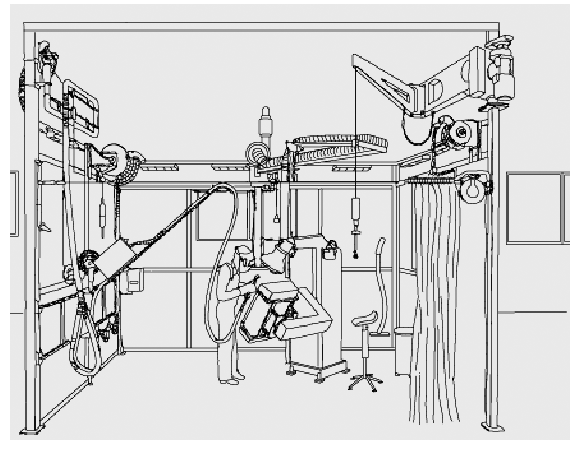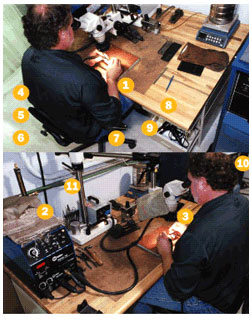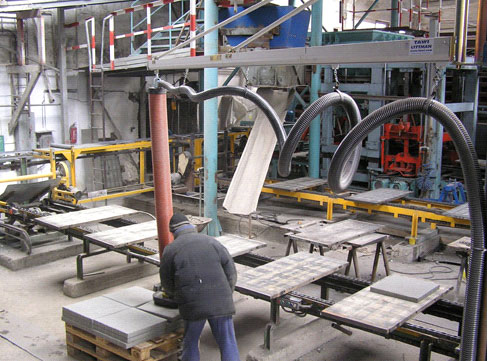Basic principles of workstation design
The following are some basic ergonomic principles for workstation design. A general rule of thumb is to consider body size information – such as height – when choosing and adjusting workstations. Above all, workstations should be adjusted so that the worker is comfortable.
When you think about how to improve a workstation, remember this rule: if it feels right, it probably is right. If it feels uncomfortable, there is probably something wrong with the design, not the worker.
Workstations should be designed to:
| 1. | Accommodate both right and left handed workers by providing a good work layout and tools which suit their needs.
|
| 2. | Allow enough space at the workstation for the largest worker.
|
| 3. | Include a chair even if the work is done standing up. Periodic rests and changes in body position reduce the problems of prolonged standing.
|
| 4. | Eliminate glare and shadows. Good lighting is essential.
|
| 5. | Position displays at or below eye level because people naturally look slightly downward.
|
| 6. | Have control panels which sit between shoulder and weight height.
|
| 7. | Position items within the shortest arms’ reach possible, to avoid over-stretching while reaching up or outward.
|
| 8. | Position frequently used materials and tools close to and in front of the body.
|
| 9. | Allow for the adjustment of work surface height so that it is at or below elbow height for most job tasks.
|
| 10. | Favour lifting between hand and shoulder height.
|
| 11. | Allow for the adjustment of chair height according to leg length and the height of the work surface. Allow space so that legs can be outstretched, with enough space for long legs. Provide an adjustable footrest so that legs are not dangling and to help the worker change body position.
|
| 12. | Have hand grips that fit the hands of workstation users. Small hand grips are needed for small hands, larger grips for bigger hands. |
|
Putting the principles into practice
The following images are of some workstations that have been ergonomically designed.
Standing welding station
At this station:
| • | Equipment is suspended to reduce manual force demands; |
| • | An overhead hoist has been installed for easy transportation; and |
| • | Light and ventilation have been factored in for maximum benefit. |

|
Seated welding station
This workstation has been designed for fine manual welding work, with everything within easy reach.

|
Ergonomic vacuum lift station
Ergonomic vacuum lifters allow heavy weights to be carried at a distance without any physical strain to the worker, as illustrated below.

|
|